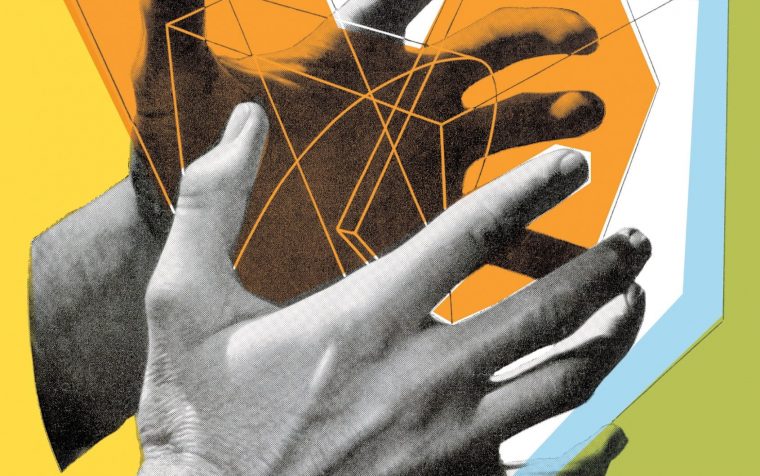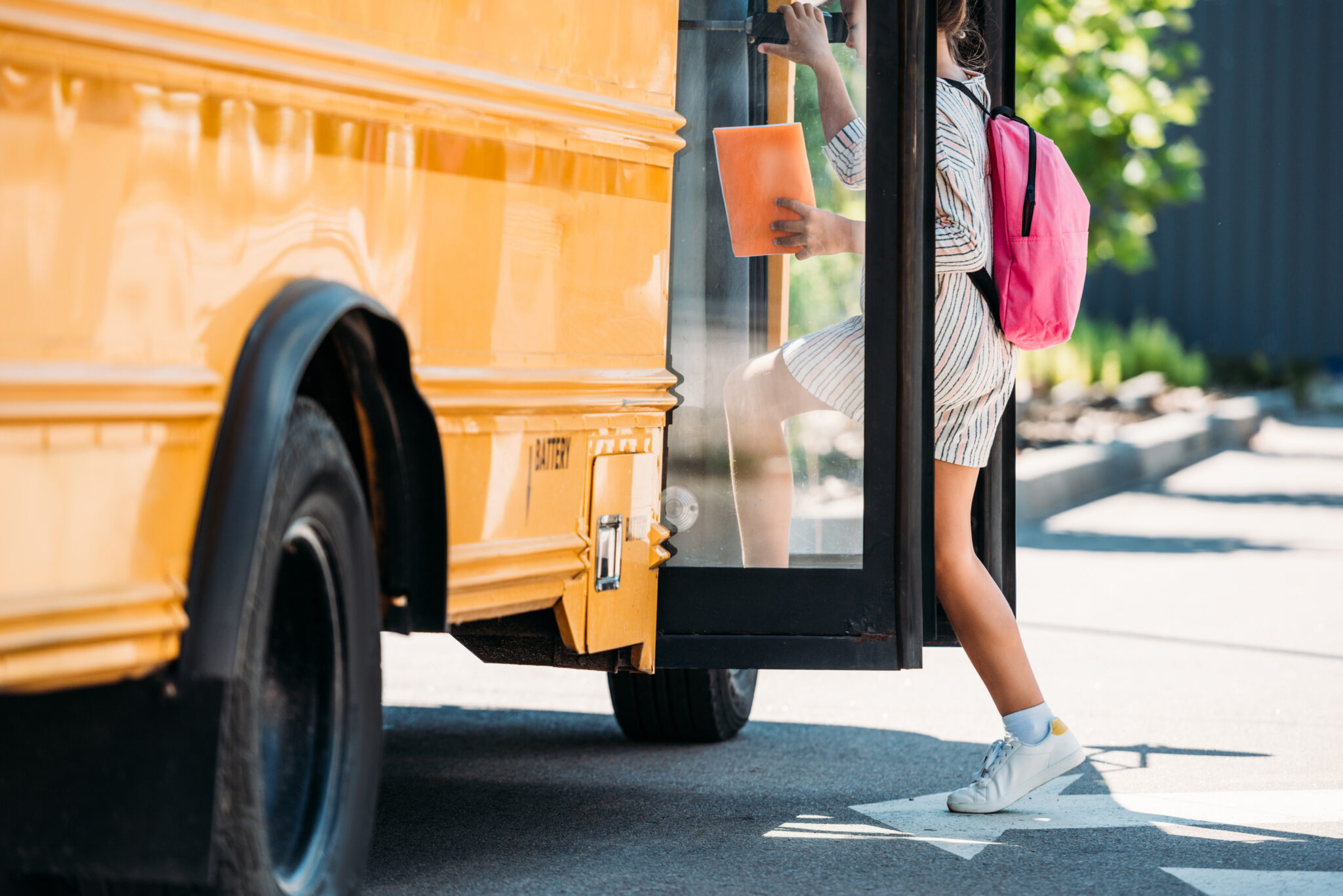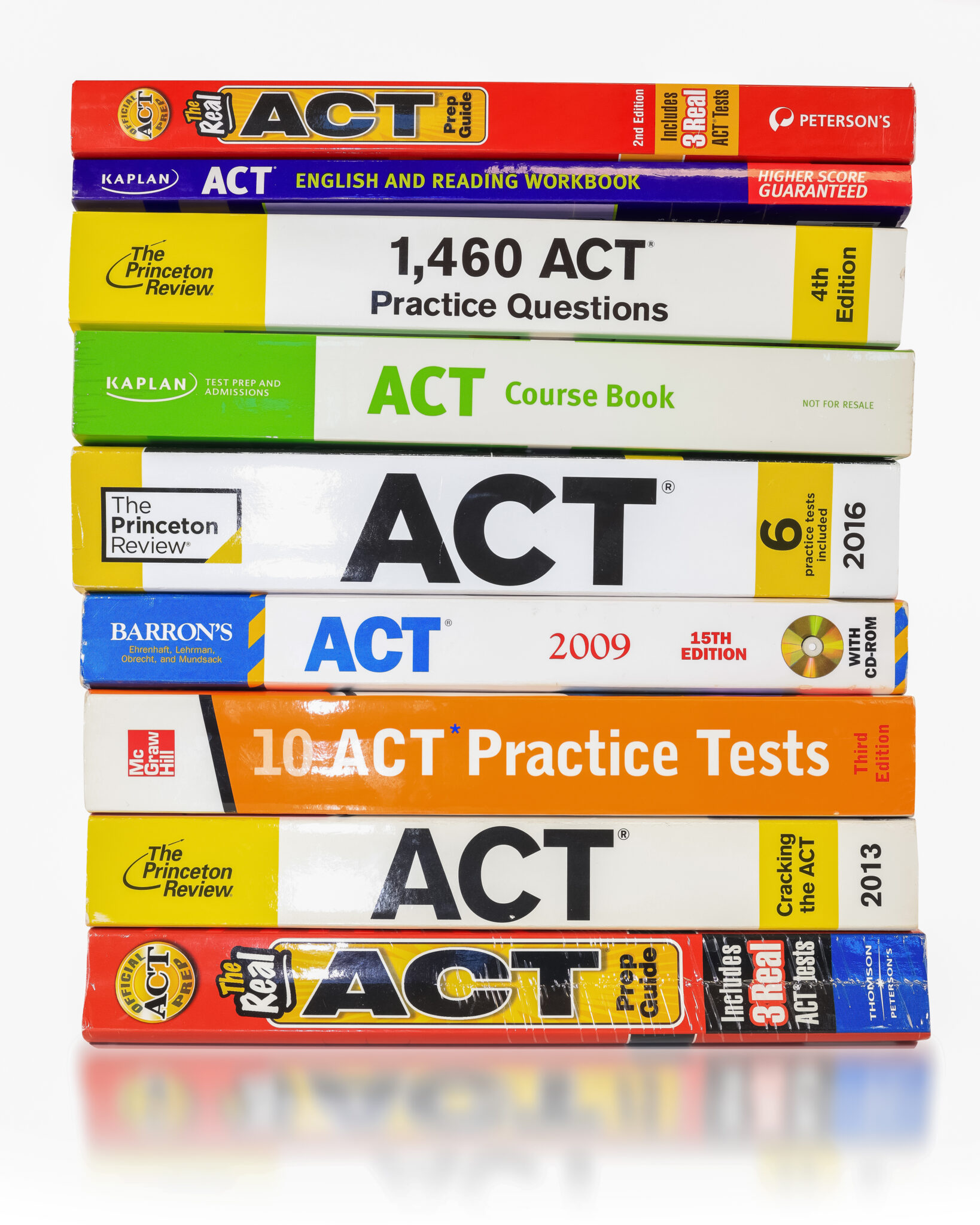In Austin, TX, a favorite treat is a visit to Amy’s Ice Creams. Customers are assured of being entertained as their scooper puts together their unique frozen concoction. As scoops of ice cream fly through the air, everyone in the store is a part of the creation of the next customer’s ice cream treat. Amy’s guarantees their employees will be able to provide this expected level of entertainment through their performance in the company’s application process. Applicants are given a plain white paper lunch bag and are tasked with turning it into something unique. One feature of the Amy’s Ice Creams blog is their gallery of applications (Amy’s, 2012b), a featured collection of the best lunch bag creations. A visit to the gallery treats you to bag creations such as a rocket ship, a paper bag Captain Jack Sparrow, and a three-dimensional model of an Amy’s ice cream treat. Then there is Hunter Funk’s application; in his deconstructed paper bag, Hunter built a highly detailed replica of an Amy’s Ice Creams store out of LEGOs. He included all the necessary instructions on how to interact with his application and even represented himself in the vignette as the scooper serving the customers (Amy’s, 2012a). All of these application examples demonstrate one of the main characteristics this company seeks in its employees—creativity. In fact, not only Amy’s Ice Creams but many of the most successful companies look for creativity in their employees, as a creative workforce assures their continuation of growth and innovation in today’s market. Why then is creativity one area that seems to be lacking in our classrooms?
Creativity drives our economy (Florida, 2012). Florida’s idea of a Creative Class that is centered in certain U.S. metro areas, where the new ideas and therefore the new work thrives, supports this premise. The necessity of creativity within the workforce is clear and celebrated. The annual Fast Company Top 100 Most Creative People issue highlights the vast array of creatives from careers spanning the medical industry to the entertainment world (Armstrong et al., 2014). We continue to celebrate creativity and innovation. By exposing our gifted students to the variety of fields and industries that depend on creative individuals, we encourage them to utilize their own creative skills. Using articles, sharing videos from sites like TED.com, and encouraging exploration through independent study and research we can build the perseverance necessary for creative success. It is important that our gifted students learn that multiple attempts may be necessary to accomplish an endeavor. The fear of failure needs to be removed from our classrooms and, instead, failure needs to be viewed as a learning tool.
David Kelly, founder of the d.school at Stanford, shared about the process of creativity and ways to build creative confidence in his 2012 TED talk (Kelley, 2012). Kelley shared the story of Doug Dietz, the designer of medical imaging equipment. Dietz was a successful medical designer but he hit a creative roadblock when he learned that almost 80% of pediatric patients needing scans in his machine had to be sedated. This disturbed him because it showed his design frightened sensitive pediatric patients who were already going through difficult circumstances. Dietz took what could arguably have been perceived as a design failure, instead used it as a learning tool and recreated the design of his machine for pediatric purposes. His final product was a combination of medical equipment and theme park ride with the machines resembling pirate ships and submarines. The new and improved design incorporated the experience of the machine including the noise and often jerky movements as a natural part of the scan experience in the patient’s mind. As a direct result of his creative changes now only 10% of pediatric patients need sedation for these scans. This success was realized because Dietz was willing to learn from the problems and think creatively about restructuring the design.
The most viewed TED talk of all time is Sir Ken Robinson’s “How Schools Kill Creativity” (Robinson, 2006). One focus of this talk was the fear of being wrong. Robinson argued that students were being taught out of being creative. Education’s focus on mistakes being unacceptable rather than being a natural building block for learning had led to the diminished creative capabilities of students and adults alike (Robinson, 2006). He argued that education needed to focus on working with the whole child rather than just focusing on the single commodity of academic production. In his most recent TED talk, Robinson (2013) discusses the crisis in education. Rising dropout rates and high numbers of disengaged students are alarming issues that need to be addressed in U.S. classrooms. Robinson again stresses the importance of developing creativity. He argues that we need to move away from standardization and move toward encouraging curiosity and creativity to best allow for students to flourish (Robinson, 2013). He asserts we need to see education as a human system and look to what we now term as “alternative education” to possibly be the better norm.
Scientific American editor-in-chief Mariette DiChristina discussed ways of unleashing creativity with three experts in the field, John Houtz, Julia Cameron, and Robert Epstein (DiChristina, 2014). All of these experts agreed that creativity and the creative process can be taught using simple tools. Epstein found four skill sets that are essential for this process: capturing, challenging, broadening, and surrounding. Learning to preserve ideas, giving ourselves tough problems to solve, diversifying our knowledge, and surrounding ourselves with interesting things and people can all lead to higher creativity (DiChristina, 2014, p. 97).
There is still a pervasive belief that some people are just more creative than others. The issue is the same as Kelley and Robinson noted, the younger the child, the more likely he or she is to take a creative risk. We socialize our students out of creativity in our schools as early as first grade, yet everyone has the same potential for creative expression (DiChristina, 2014). Learning to not fear failure is a large part of learning to be creative. Houtz purported that creative individuals are able to see failure as an opportunity rather than a finality (DiChristina, 2014, p. 99). Using simple tools such as writing down all the fears surrounding a project can allow individuals to break through their self-constructed walls. Cameron stated that “creativity is contagious” (DiChristina, 2014, p. 101).
In his book Thinkertoys, Michael Michalko offered ideas for encouraging creativity. Originally intended for use in the workplace, these books can serve as a useful tool in the classroom as well (Michalko, 2006). A multitude of simple techniques that can be incorporated into classroom practices are offered throughout the book. Creating a personal Hall of Fame (p. 170) is an ongoing activity for students to use throughout a school year and beyond. By gathering quotes from individuals and characters students respect and wish to emulate, they have a collection of encouraging words at the ready to help them through any challenges. One of the best things teachers can do to encourage creativity in their students is to model their own creativity in their classrooms. Teachers can share their own Hall of Fame and model for students how to find individuals that match their thinking style, culture, interests, and attitudes. As students finish a unit of study or a novel, they can be asked if there is anyone new to add to their Hall of Fame. By simply exposing our gifted students to creative individuals we increase their willingness to take on more creative risks.
There is a cost to creativity (Beghetto & Kaufman, 2013). Although creativity is most often associated with fun and enjoyment, it does require work, effort, and risk-taking. Students need to be aware of both sides of creativity. While it needs to be encouraged, the risks also need consideration. Creativity is also not appropriate at all times (Beghetto & Kaufman, 2013). Teachers need to help model this understanding. Taking creative liberties with an assignment may be a safe risk but if historical or calculation accuracy is the main measure being graded this would not be an appropriate response. Just as we would not want our tax preparer being creative with our filed documents, there are times when accuracy and conformity are necessary. Beghetto and Kaufman (2013) termed this “creative metacognition” (p. 14). Teachers must help students learn this balance by providing thoughtful feedback that provides correction without being too harsh (Beghetto & Kaufman, 2013).
Gifted students are not all naturally creative, nor are they all risk takers. They often have great ideas but aren’t always comfortable sharing them. They may have learned that the only answer that matters is the one the teacher wants. We need to shift that perspective and give them the opportunity to grow beyond the minimum standard and instead maximize their experience and learning. Gifted students need the opportunity to work at the top level of Bloom’s Taxonomy through creative activities. Scaffolding to success is one differentiation option. On his website, byrdseed.com, Ian Byrd shares many ideas for incorporating creativity into the gifted education classroom. By providing guiding questions and assuring students have the lower level Bloom’s understanding of a topic; students can be challenged to produce a creative end product. In his post, “Creating in Science,” Byrd (n.d.) provided examples of this scaffolding, including questions to be posed to students that guide them through the process of the task of creating a new planet. Rather than giving them a blank slate, having students determine which planet is most similar to theirs directs them through a thought-filled, creative undertaking. Is their planet bigger or smaller than the comparable planet? How will this difference impact their planet’s atmosphere, number of moons, etc.? By scaffolding the assignment the teacher is able to maximize the students’ creativity as the limitations in one area open up vast options in other areas. The end products of the assignment demonstrate both the students’ mastery of the basic concepts required of the unit as well as their high-level thinking and creative abilities. Using simple techniques like this, teachers can develop creativity in their gifted students while continuing to provide a safe educational environment where risk-taking is both allowed and encouraged.
With the transition to the standardization of our education systems, we must remember that the infusion of creativity is necessary. All students, especially our gifted, need to be given the opportunity to flex their creative muscles as it will be those muscles that will determine their success as they move into the world of work.
References
Amy’s Ice Creams Blog. (2012a). The gallery: Awesome Lego application. Retrieved from http://www.amysicecreams.com/the-gallery/awesome-lego-application/
Amy’s Ice Creams Blog. (2012b). The gallery: Paper bag applications. Retrieved from http://www.amysicecreams.com/the-gallery/paper-bag-applications/
Armstrong, J. K., Beer, J., Bergl, S., Berkowitz, J., Brownstone, S., Brunner, R. Wilson, M. (2014, June). The 100 most creative people in business 2014. Fast Company, 186, 60–139.
Beghetto, R., & Kaufman, J. (2013). Fundamentals of creativity. Educational Leadership, 70(5), 11–15.
Byrd, I. (n.d.). Creating in science [Blog post]. Retrieved from http://www.byrdseed.com/creating-in-science/
DiChristina, M. (2014). Let your creativity soar. Scientific American Mind, 23(1), 94–101.
Florida, R. (2012, June 26). Boulder, Ann Arbor, Tucson & more: 20 most creative U.S. cities. The Daily Beast. Retrieved from http://www.thedailybeast.com/articles/2012/06/26/boulder-ann-arbor-tucson-and-more-20-most-creative-u-s-cities.html
Kelley, D. (2012, March). David Kelley: How to build your creative confidence [Video file]. Retrieved from http://www.ted.com/talks/david_kelley_how_to_build_your_creative_confidence
Michalko, M. (2006). Thinkertoys (2nd ed.). Berkeley, CA: Ten Speed Press.
Robinson, K. (2006, February). Ken Robinson: How schools kill creativity [Video file]. Retrieved from http://www.ted.com/talks/ken_robinson_says_schools_kill_creativity
Robinson, K. (2013, April). Ken Robinson: How to escape education’s death valley [Video file]. Retrieved from http://www.ted.com/talks/ken_robinson_how_to_escape_education_s_death_valley
Nicole Shannon is the Coordinator of Gifted/Advanced Academic Services for Round Rock ISD. She also serves as the Publications Officer for the TAGT Leadership Division. She has more than 18 years of experience in gifted education as a teacher, curriculum coordinator, private school principal, and district program coordinator. She has presented to preservice and in-service teachers, counselors, administrators, and parents on a variety of topics in gifted education throughout her years in this field. Ms. Shannon graduated with a BS in applied learning and development from the University of Texas at Austin. She is currently completing her M.Ed. in teacher leadership with a specialization in gifted/talented at Lamar University. She can be reached at Round Rock ISD, Department of Gifted/Advanced Academic Services, 1311 Round Rock Ave., Round Rock, TX 78681 or at nicole_shannon@roundrockisd.org.






